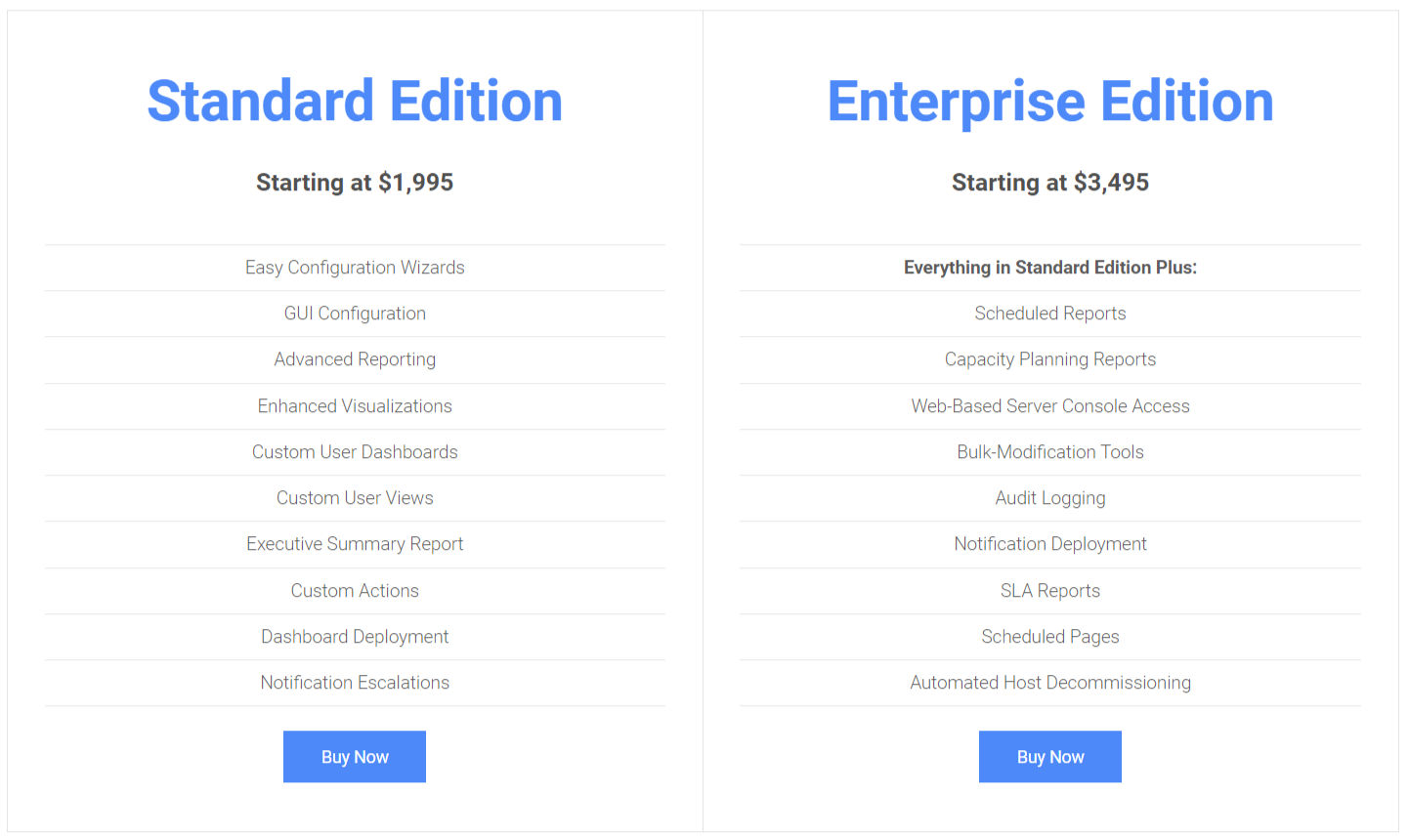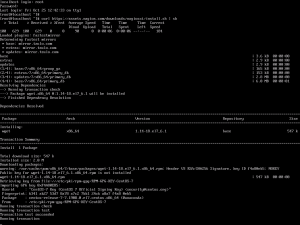


Nagios offers monitoring and alerting services for servers, switches, applications and services. Nagios is a free and open source computer software application that monitors systems, networks and infrastructure. Nagios software runs periodic checks on critical parameters of application, network and server resources. It was designed to run on the Linux operating system and can monitor devices running Linux, Windows and Unix operating systems (OSes). Here's a link to Nagios's open source repository on GitHub.Īccording to the StackShare community, Nagios has a broader approval, being mentioned in 177 company stacks & 40 developers stacks compared to Cacti, which is listed in 5 company stacks and 5 developer stacks.Nagios is an open source monitoring system for computer systems.

Nagios is an open source tool with 60 GitHub stars and 36 GitHub forks. "Free" is the top reason why over 2 developers like Cacti, while over 49 developers mention "It just works" as the leading cause for choosing Nagios. On the other hand, Nagios provides the following key features:

Cacti provides a fast poller, advanced graph templating, multiple data acquisition methods, and user management features out of the box Nagios: Complete monitoring and alerting for servers, switches, applications, and services. Cacti is a complete network graphing solution designed to harness the power of RRDTool's data storage and graphing functionality. Cacti vs Nagios: What are the differences?Ĭacti: Cacti stores all of the necessary information to create graphs and populate them with data in a MySQL database.


 0 kommentar(er)
0 kommentar(er)
